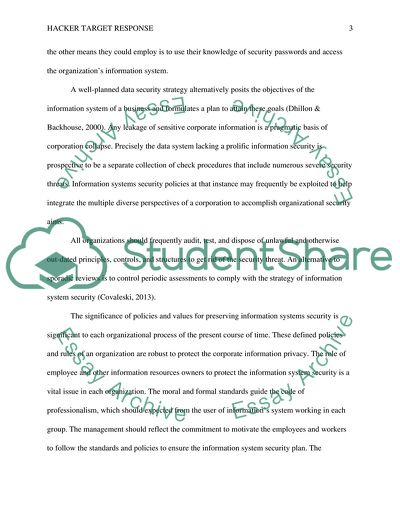Cite this document
(“Hacker Target and Response Assignment Example | Topics and Well Written Essays - 1500 words”, n.d.)
Hacker Target and Response Assignment Example | Topics and Well Written Essays - 1500 words. Retrieved from https://studentshare.org/information-technology/1687917-hacker-target-and-response
Hacker Target and Response Assignment Example | Topics and Well Written Essays - 1500 words. Retrieved from https://studentshare.org/information-technology/1687917-hacker-target-and-response
(Hacker Target and Response Assignment Example | Topics and Well Written Essays - 1500 Words)
Hacker Target and Response Assignment Example | Topics and Well Written Essays - 1500 Words. https://studentshare.org/information-technology/1687917-hacker-target-and-response.
Hacker Target and Response Assignment Example | Topics and Well Written Essays - 1500 Words. https://studentshare.org/information-technology/1687917-hacker-target-and-response.
“Hacker Target and Response Assignment Example | Topics and Well Written Essays - 1500 Words”, n.d. https://studentshare.org/information-technology/1687917-hacker-target-and-response.


